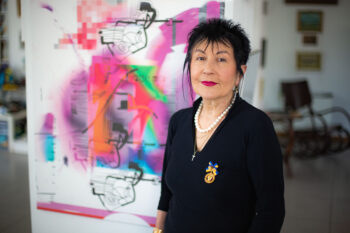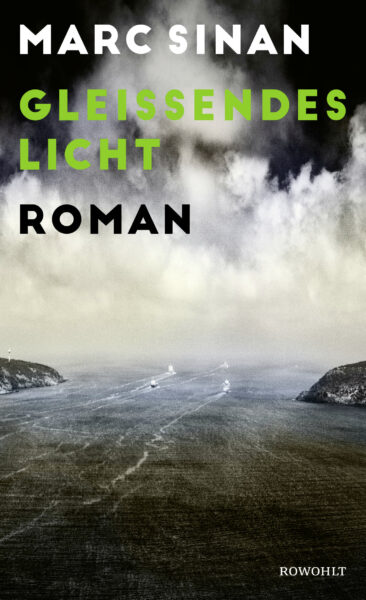By Prof. Tessa Hofmann
Special to the Mirror-Spectator
Writing about genocide is one of the greatest literary challenges, especially when it involves one’s own or family experience. Most often, the crime closes the mouths of the surviving victims for life, especially if the state or society that perpetrated the genocide deny the crime and, conversely, accuse the victims of having been perpetrators, as is still happening 109 years later in the case of the Ottoman genocide of some three million indigenous Christians — Armenians, Greek Orthodox, and Syriacs.
However, this persistent silence and denial by the Turkish state as well as the Turkish majority society has promoted a remarkable literary phenomenon: the post-genocidal memory prose, which has developed in Turkish-language as well as in English- and French-language transnational narrative prose. It confronts readers with the darkest chapter of Turkish Ottoman history in deliberate challenge.
In the vast Armenian and Greek diasporas of the United States, a memoir prose has emerged since the 1980s that is as ample as it is impressive. German translations such as the memoir Black Dog of Fate (1997) by the U.S. poet and literary scholar Peter Balakian or Micheline Marcom Aharonian’s debut novel Three Apples Fell from Heaven (2000) embody the range of this post-genocidal prose between factual report and fairy-tale fictionalization of the Ottoman genocide and its psychological consequences. Internationally known Greek-born authors such as Jeffrey Eugenides (b. 1960, US; currently Berlin) and Aris Fioretos (b. 1960, Stockholm) also processed the genocidal extermination and uprooting of their ancestors in the late Ottoman Empire in their novels Middlesex (2002) and The Last Greek (2009), respectively.
Four generations after the World War I genocide of the Young Turks, these themes entered German-language prose. Actress and author Katerina Poladjan and journalist Laura Cwiertnia (b. 1987, Bremen) are daughters of Armenian fathers and descendants of genocide survivors. Their novels, Here Are Lions (2019) and We Have A Different Name on the Street (2022), respectively, have hybrid styles. On the one hand, they belong to the genre of the family or generational novel, which was considered a “worn-out” genre after World War II but has experienced a resurgence since the 1990s. On the other hand, they are also conceived as travelogues.









